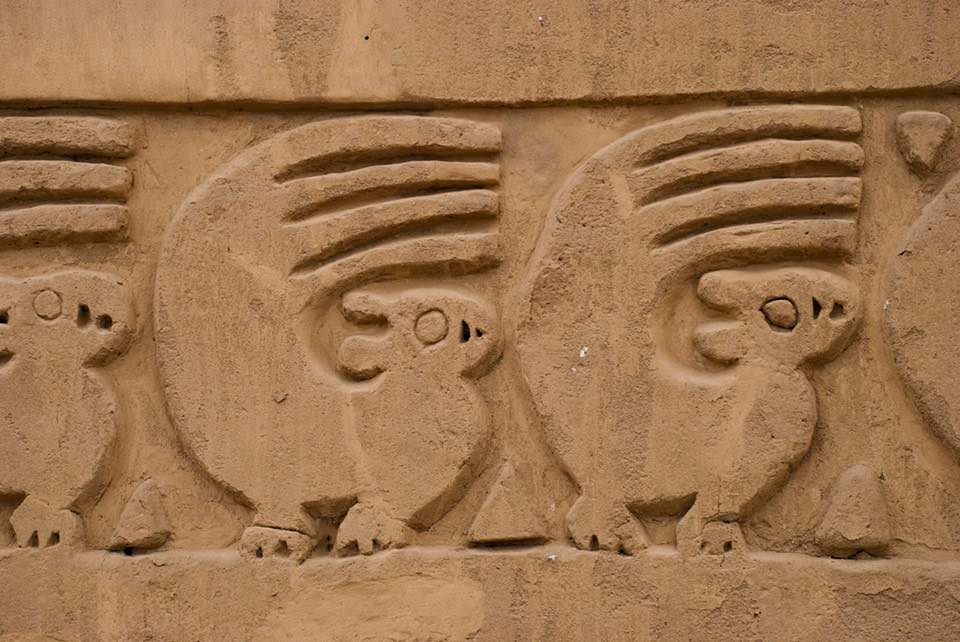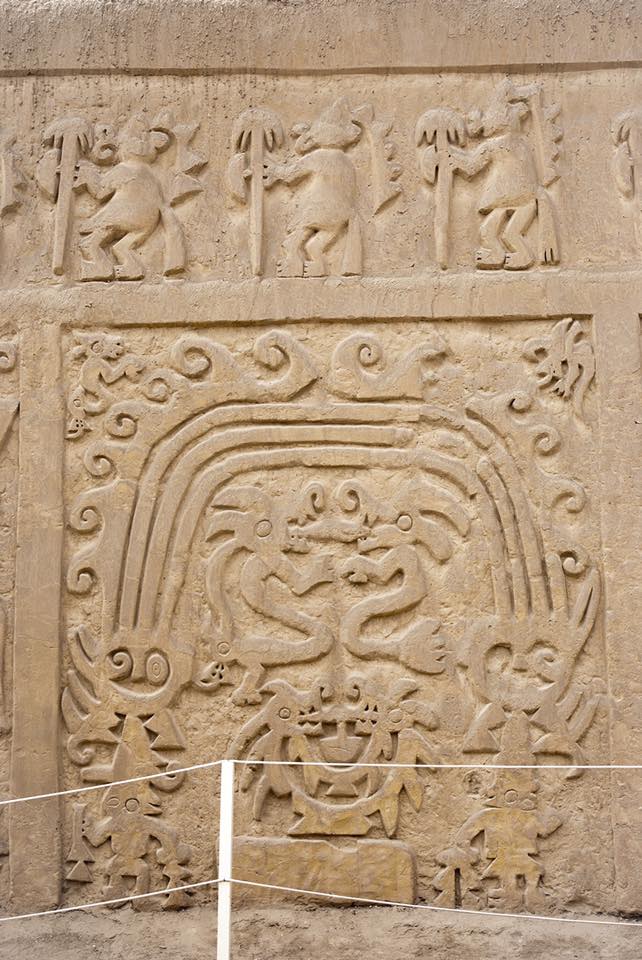Chan Chan is the largest pre-Columbian city in South America
Chan Chan is an ancient city located in the Moche Valley of northern Peru. It was the largest pre-Columbian city in South America and served as the capital of the Chimú Empire, which dominated the region from around 900 to 1470 AD. The city is spread over an area of approximately 20 square kilometers and is composed of ten walled citadels, or “palaces”, each containing numerous individual structures.
The name Chan Chan is derived from the Chimú language and means “sun-sun”, reflecting the importance of the sun in Chimú religion and culture. The city was constructed using a technique known as “rammed earth”, in which layers of adobe bricks were compacted together to create walls that were both durable and weather-resistant.
Each of the ten citadels was home to a specific section of Chimú society, including the ruling elite, craftsmen, and commoners. The city’s layout was designed to reflect this social hierarchy, with the largest and most ornate structures located in the center of each citadel.
One of the most impressive features of Chan Chan is its intricate wall carvings, which depict a wide range of subjects including mythological figures, animals, and geometric patterns. The carvings were created by skilled Chimú artisans using simple tools such as chisels and hammers, and are thought to have served both decorative and symbolic purposes.
Despite its size and complexity, Chan Chan was ultimately conquered by the Inca Empire in the late 15th century, and many of its structures were subsequently dismantled or destroyed. Today, the site is a UNESCO World Heritage Site and attracts visitors from all over the world who come to marvel at its impressive architecture and rich cultural heritage.
Hits: 0








